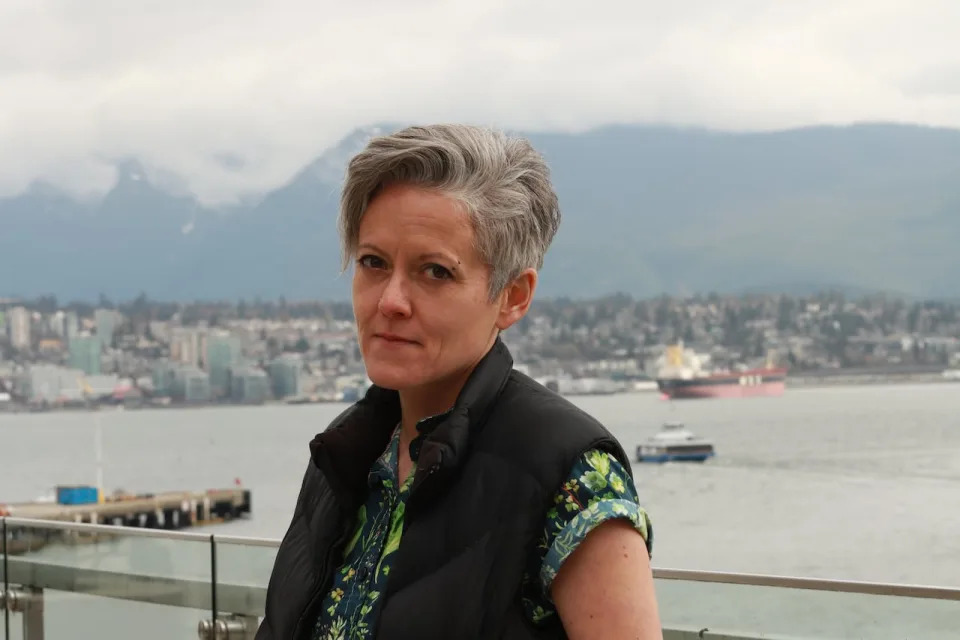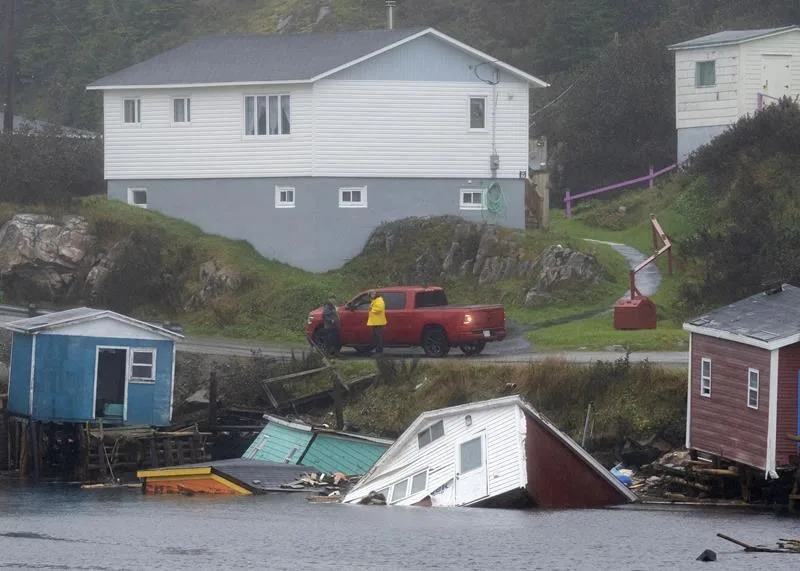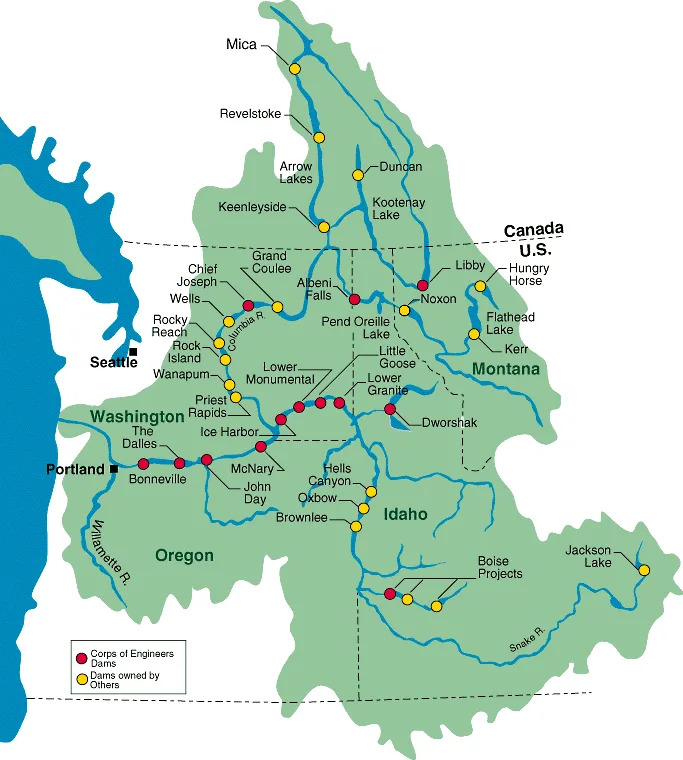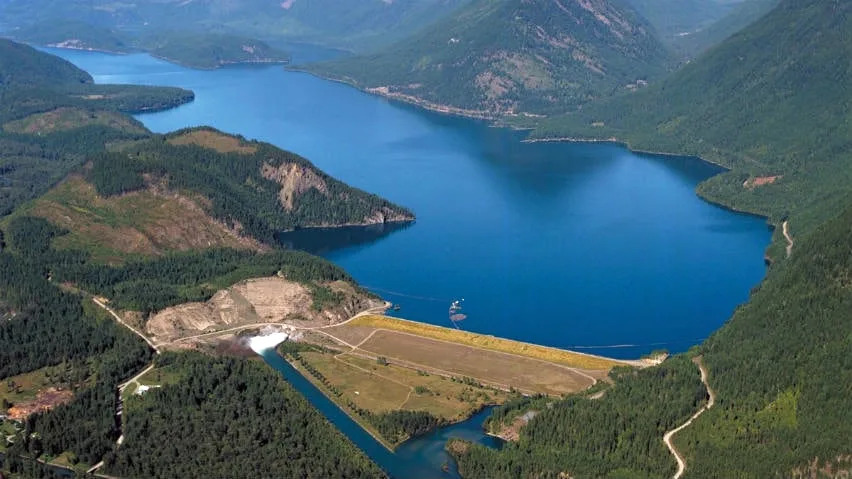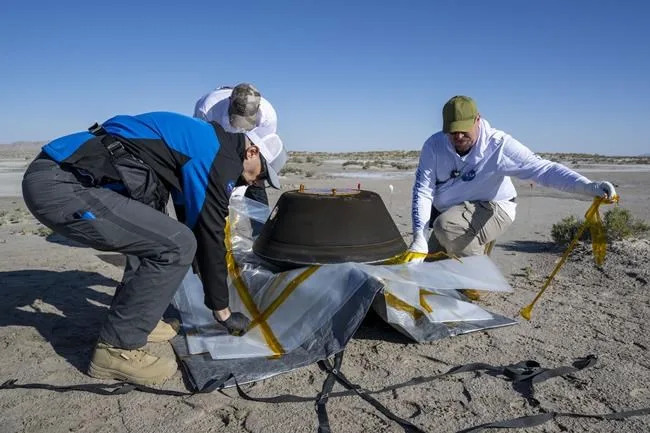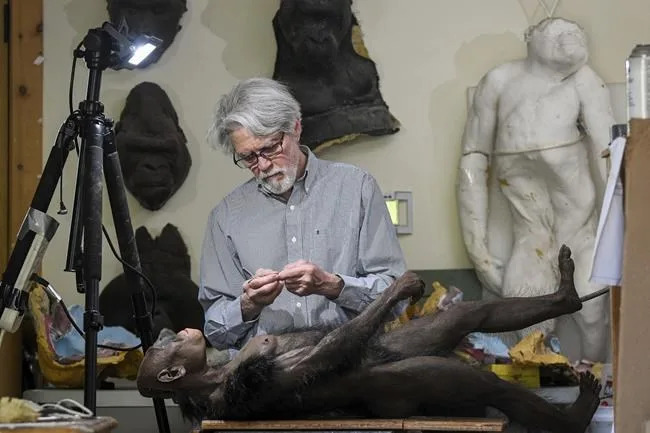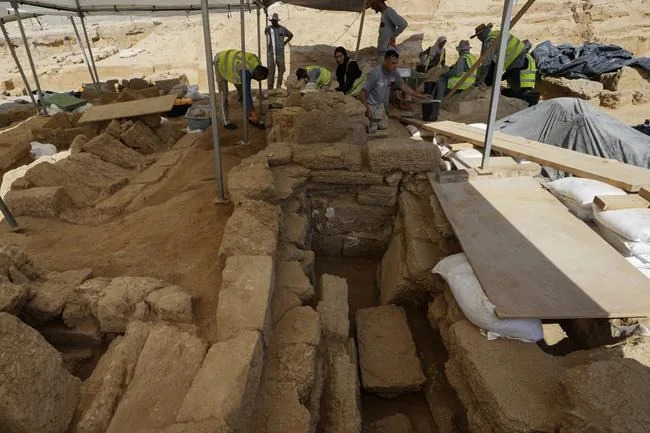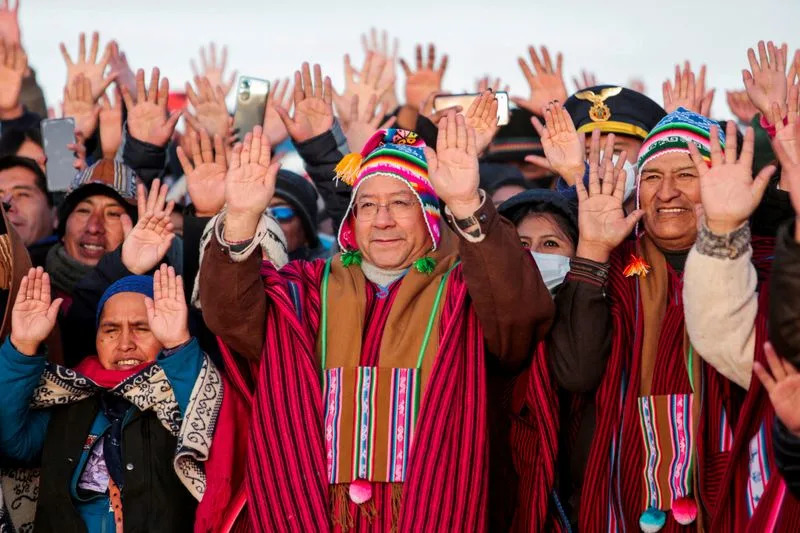Ontario soccer refs start wearing body cams to deter parental abuse
CBC
Sun, September 24, 2023
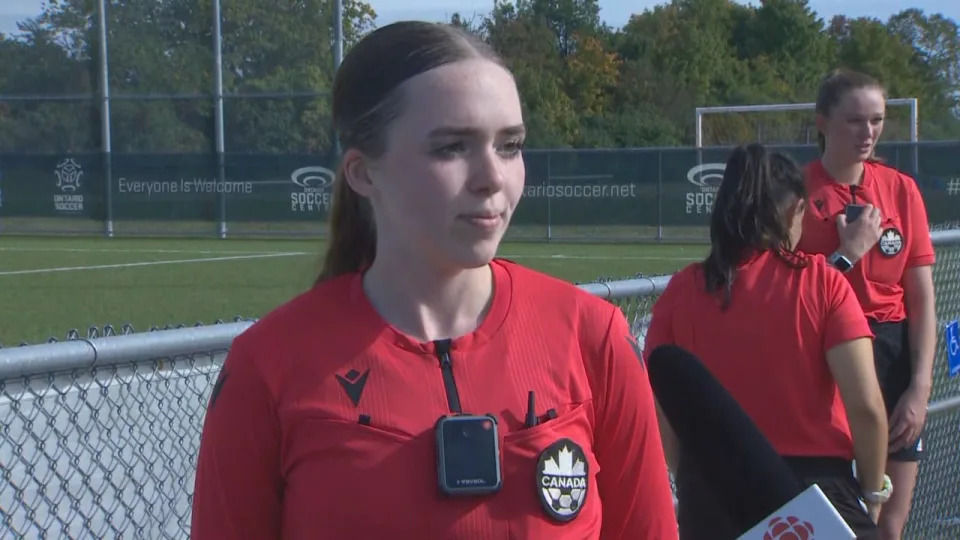
Angelina Baldino, who's in her fifth year of refereeing, said the cameras make her feel safer. (Igor Petrov/CBC - image credit)
Some referees with Ontario's soccer association started wearing body cameras this week as part of a new pilot project meant to deter parental abuse, which is a main reason officials are quitting the job.
There are 50 body cameras available to the roughly 6,000 referees in the province, according to Ontario Soccer CEO Johnny Misley, who said the effort is the first of its kind in North America. The British Football Association rolled out a similar project earlier this year, which Misley said inspired the Ontario effort.
"We feel there's an opportunity here, that we can show some leadership and try to curb the culture of referee abuse, which is the number one reason why referees leave the game and sport in general," Misley said.
"This is not acceptable. And honestly, seeing these referees with cameras on them today is a pretty sad state of where our society is," he added.
Misley said the pilot project is being conducted in partnership with Brock University, who will handle the research component of the evidence-based trial. The number one objective, he said, is determining wether the cameras act as a physical deterrent for vocal and physical abuse.
On Sunday, refs got to test out the cameras during a match at the Ontario Soccer Centre in Vaughan, Ont. The trial will run through the rest of the outdoor season, which goes through October, Misley said. It will continue throughout the indoor soccer season in the cooler months as well.
'It makes us feel a lot safer,' says ref
Misley said just last year a 16-year-old girl was surrounded by parents in the parking lot after refereeing a match and was physically assaulted. In another instance, a player who received a red card in a men's game chased a referee around the field with a machete, according to Misley.
Referees who officiated games while wearing cameras on Sunday told CBC Toronto the devices are having an impact.
"It makes us feel a lot safer," said 21-year-old Angelina Baldino, who's in her fifth year of refereeing. "[There] have been some instances in my past refereeing career where I felt like I've needed one."
In her experience, she said people have threatened to follow her to a car because of her refereeing.
"Cameras could have definitely helped in those situations, either as a deterrent or to just capture the incident," she said.
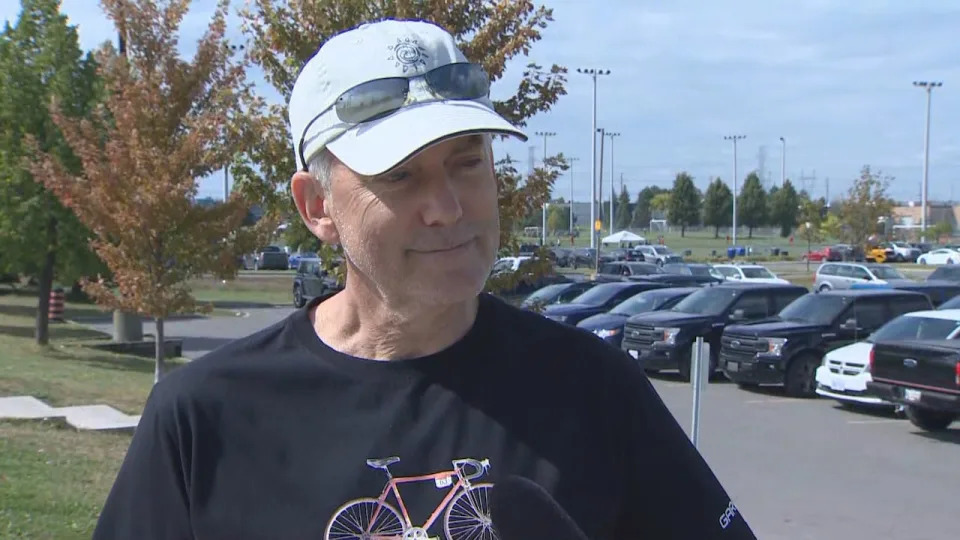
Michael Cotton, a parent at the soccer centre on Sunday, thinks the initiative is a good one. (Igor Petrov/CBC)
Baldino said she's seen refs quit because the abuse was too much to handle.
"There are definitely really hard games where you stop and go, 'Why am I putting myself through this?'"
Lara Yassine has been reffing since she was 13 and said the abuse took a toll in her early years.
"It can put a lot of stress on you," she said. "At the end of the day, you're a student, right? And you're just a human being."
Michael Cotton, a parent at the soccer centre on Sunday, thinks the initiative is a good one. He said everyone gets wrapped up in the heat of the game, but there's one group of people at the pitch that need to exercise more patience.
"I would say the parents, maybe they're the ones that need to lower the temperature the most," he said. "We're not doing the world cup here, it's regional play."

